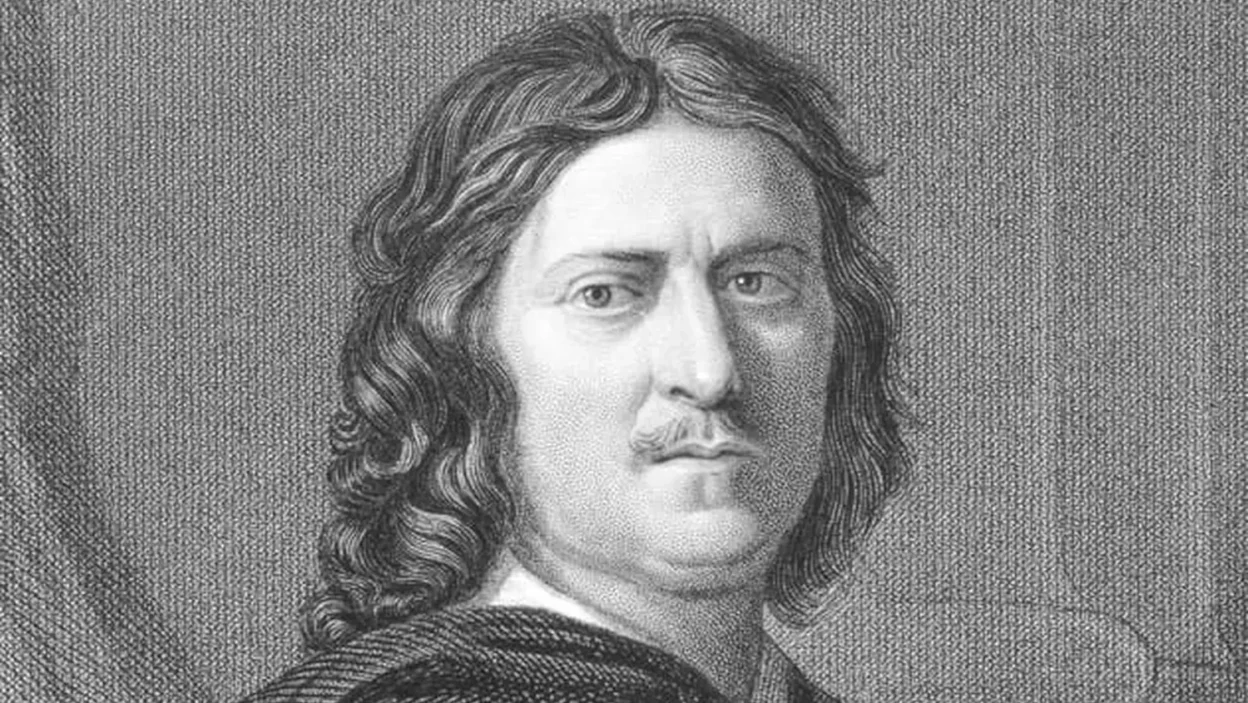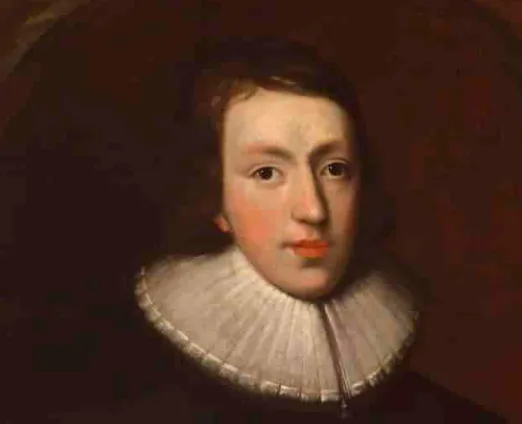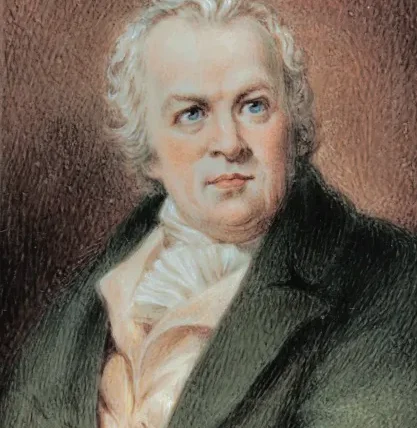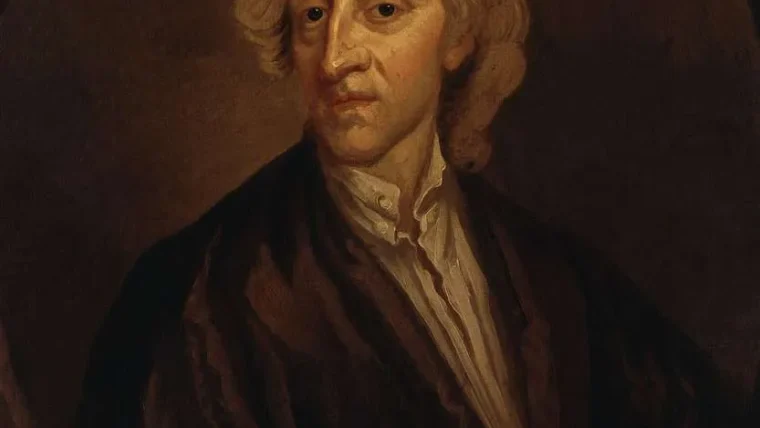Mythology and Biblical Themes
Nicolas Poussin, a prominent French painter of the 17th century (June 1594 – 19 November 1665), was known for his remarkable ability to bring mythology and biblical narratives to life on canvas.
Poussin was deeply fascinated by these themes, finding inspiration in the timeless stories of gods, heroes, and biblical figures. His meticulous attention to detail and his mastery of composition allowed him to skillfully depict these subjects in his paintings, creating captivating and thought-provoking artworks that continue to captivate audiences.
In his mythological works, Poussin drew inspiration from ancient Greek and Roman mythology, incorporating both well-known narratives and lesser-known stories. His paintings often depicted the gods and goddesses of mythology engaged in dramatic scenes, conveying their power, beauty, and sometimes their flawed humanity.
Poussin’s deep understanding of mythology allowed him to delve into the complexities of these characters, presenting them in a way that captured their essence and significance.
One of Poussin’s most notable mythological works is “The Birth of Venus,” which portrays the goddess of love rising out of the sea, surrounded by nymphs and cherubs. In this painting, Poussin showcases his skill in creating a harmonious composition, with the figures gracefully positioned, their movements flowing seamlessly. The use of soft pastel colors and delicate brushstrokes adds to the ethereal atmosphere, enhancing the beauty and allure of the scene.
Similarly, in his biblical paintings, Poussin focused on significant events and stories from the Bible, capturing the essence of these narratives and conveying their spiritual and moral significance. His use of symbolism and allegory allowed him to go beyond mere representation, infusing his paintings with deeper meanings and messages.
Poussin’s “The Crossing of the Red Sea” is a powerful example of his ability to depict biblical narratives with skill and meaning. In this painting, he portrays the dramatic moment when Moses led the Israelites to safety through the parting waters of the Red Sea, while the pursuing Egyptian army is overwhelmed by the forces of nature. Poussin skillfully conveys the magnitude of this event through the use of strong diagonal lines and contrasting light and dark tones, creating a sense of movement and tension that engages the viewer.
Poussin’s Technique and Style
One of the defining characteristics of Nicolas Poussin’s artwork is his unique approach to composition. Poussin employed a meticulous and deliberate method of arranging elements within his paintings to create a sense of balance and harmony.
Each figure and object would be carefully placed within the composition, following principles of classical symmetry and proportion. This attention to composition allowed Poussin to convey narrative and meaning through the spatial relationships between the different elements in his paintings.
In addition to his masterful composition, Poussin also demonstrated a keen understanding of color. He possessed a refined palette, using colors that were subtle yet rich in tone.
Poussin’s use of color was purposeful, often playing with light and shadow to emphasize certain elements within his paintings. He skillfully used warm and cool tones to create depth and atmosphere, enhancing the overall mood and emotional impact of his works.
Poussin’s mastery of perspective further contributed to his distinctive style. He employed linear perspective techniques, using converging lines to create a sense of depth and three-dimensionality in his paintings.
This attention to perspective allowed him to accurately depict space and distance, giving his works an illusion of reality. The carefully constructed compositions, nuanced use of color, and meticulous attention to perspective all come together to create the unique aesthetic of Poussin’s paintings.
Patronage and Commissions
Patronage played a crucial role in Nicolas Poussin’s career, providing him with significant commissions and the financial support necessary to pursue his artistic visions.
Poussin found favor with influential figures of his time, including Cardinal Francesco Barberini and Cassiano dal Pozzo, who recognized his talent and became his patrons. These patrons not only commissioned paintings from Poussin but also facilitated his integration into Roman society, opening doors for him to exhibit his work and gain recognition.
One of the most notable commissions Poussin received was from Cardinal Francesco Barberini, a member of the powerful Barberini family and a prominent figure in the Catholic Church.
Poussin’s close relationship with the cardinal allowed him to create several masterpieces, including “The Barberini Power,” a series of paintings that celebrated the family’s esteemed status. Through these commissions, Poussin had the opportunity to showcase his exceptional skills in capturing the grandeur and nobility associated with the Barberini family.
Another influential patron of Poussin was Cassiano dal Pozzo, a wealthy Italian scholar and art collector. Dal Pozzo commissioned Poussin to create a series of drawings illustrating various themes from ancient Roman history and mythology.
These commissions allowed Poussin to explore his fascination with classical subjects and further develop his understanding of ancient narratives. Poussin’s collaboration with dal Pozzo resulted in a remarkable body of work that not only appealed to his patron’s scholarly interests but also showcased Poussin’s ability to bring these narratives to life with his meticulous attention to detail and composition.
Through the support of these patrons and others, Poussin was able to create some of the most iconic and influential works of his career. The commissions not only provided him with financial stability but also offered him the opportunity to experiment with different styles and subjects. Poussin’s success as an artist can be attributed in large part to the patronage he received, as it allowed him to focus on his artistic pursuits and push the boundaries of his craft.
Poussin’s Artistic Circle
1. The Influence of Italian Renaissance Masters
Poussin’s time in Rome allowed him to immerse himself in the rich artistic heritage of the Italian Renaissance. He studied the works of masters such as Leonardo da Vinci, Michelangelo, and Raphael, absorbing their techniques and incorporating their ideas into his own art.
The precision and realism in Leonardo’s works, the dynamism and grandeur of Michelangelo’s sculptures, and the harmony and balance of Raphael’s compositions all served as inspiration for Poussin. Their emphasis on anatomy, chiaroscuro, and perspective greatly influenced his artistic style and execution.
2. The Influence of Classical Art and Literature
Poussin’s artistic circle also included scholars and intellectuals who shared his fascination with the classical world. The works of ancient Greek and Roman writers, such as Homer, Virgil, and Ovid, provided him with a vast repertoire of mythological and historical narratives.
Poussin drew upon these sources to infuse his paintings with mythological and biblical themes, giving them a sense of timeless grandeur and intellectual depth. His intellectual discussions with his peers, along with their critical feedback and insights, further enriched his understanding of classical aesthetics and storytelling.
3. The Impact of Fellow Artists in Rome
Rome was a melting pot of artistic talent during Poussin’s time, attracting painters and sculptors from across Europe. Poussin formed close relationships with fellow artists, such as Claude Lorrain and Andrea Sacchi, who shared his artistic vision and ideals. They engaged in collaborative projects, exchanging ideas and techniques, and critiquing each other’s works. This camaraderie created a stimulating environment that fueled Poussin’s creativity and pushed him to constantly refine his skills.
4. The Patronage of Cardinals and Nobility
Poussin’s artistic circle extended beyond his fellow artists to include influential patrons within the Catholic Church and European nobility. Cardinals such as Francesco Barberini and Giulio Rospigliosi admired Poussin’s talent and commissioned him to create paintings for churches and private collections. These patrons not only provided financial support but also played a vital role in shaping Poussin’s subject matter and themes. Their guidance and expectations pushed Poussin to explore new artistic territory and push his creative boundaries.
Legacy and Influence
Poussin’s work has had a profound and lasting impact on subsequent generations of artists, cementing his status as one of the most influential painters in history. His mastery of composition, color, and perspective, combined with his ability to skillfully depict both mythological and biblical narratives, has inspired countless artists to explore similar themes and techniques.
One of the ways in which Poussin’s legacy lives on is through the continued study and admiration of his work. Artists and art enthusiasts alike continue to analyze and appreciate his paintings, dissecting his unique style and techniques to gain insights into their own artistic practice.
Poussin’s emphasis on composition, with careful attention to the arrangement of figures and objects within the frame, has been particularly influential. His use of color, often employing a harmonious and muted palette, has also inspired subsequent generations to explore different approaches to color theory and application in their own work.
Additionally, Poussin’s ability to depict complex narratives, whether based on mythological tales or biblical stories, has been a source of inspiration for artists throughout the centuries. His paintings tell stories, with each element carefully constructed to convey a particular emotion or message. This attention to storytelling has encouraged artists to delve into their own narratives and explore the power of visual storytelling in their art.







